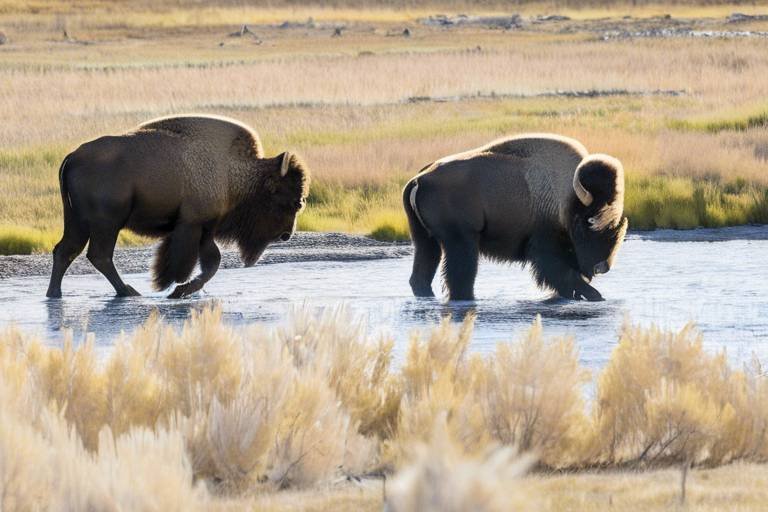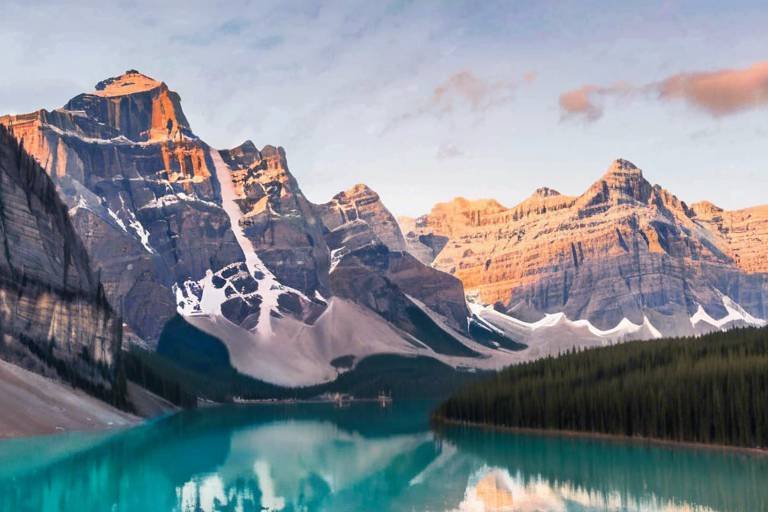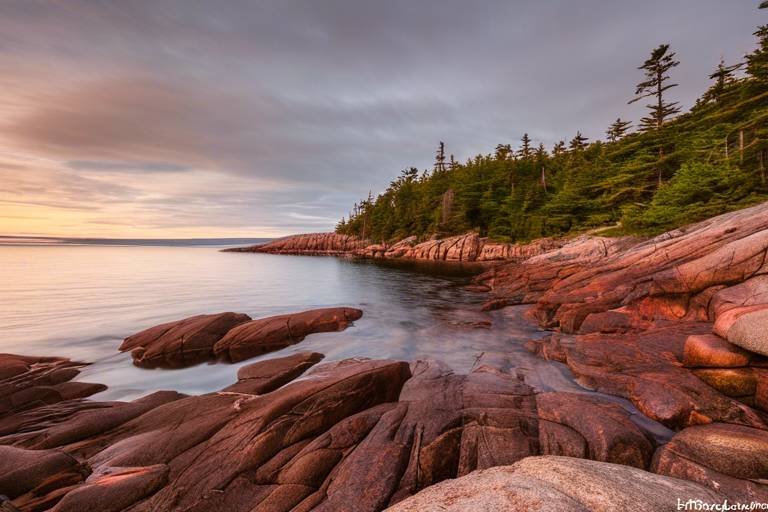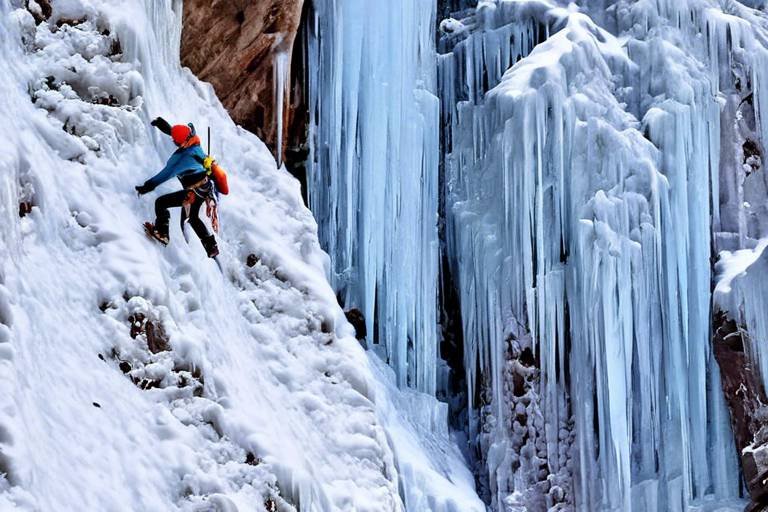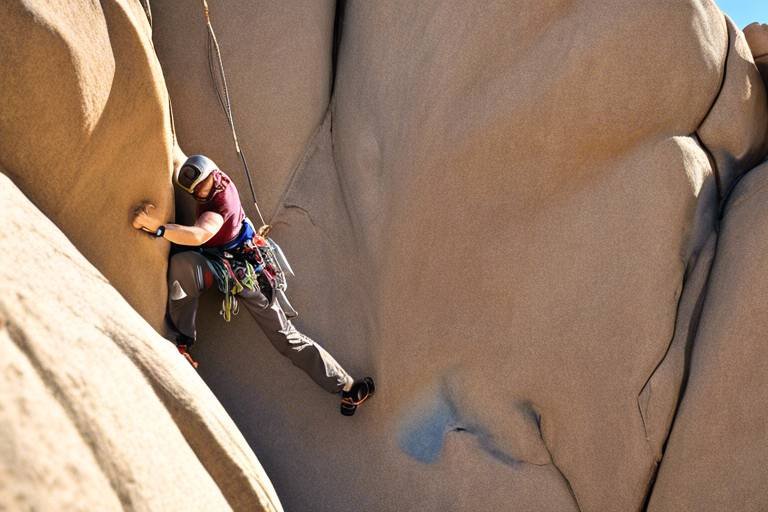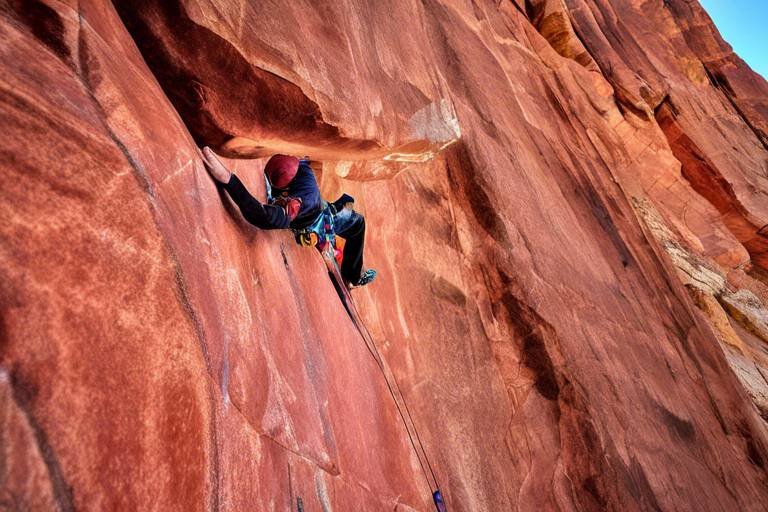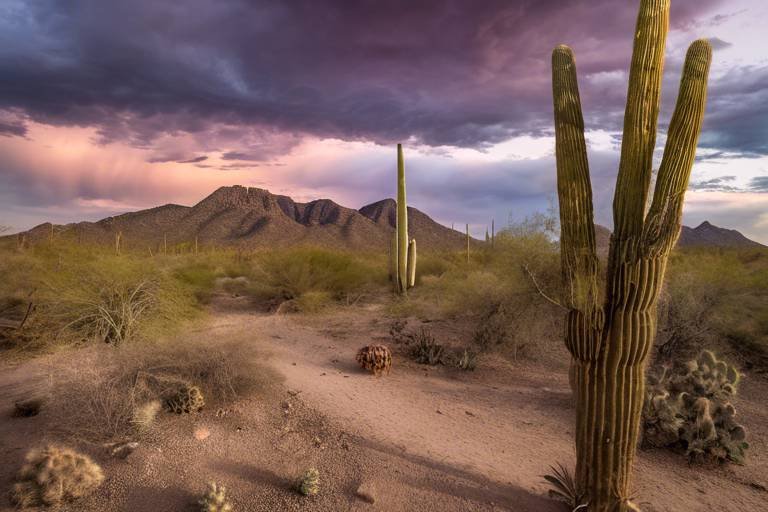The Ultimate Guide to Wildlife Viewing in Yellowstone
Yellowstone National Park is a haven for wildlife enthusiasts, offering a diverse array of animals in their natural habitat. From majestic bears to elusive wolves, the park is teeming with opportunities for unforgettable wildlife viewing experiences. Whether you're a seasoned wildlife photographer or a nature enthusiast seeking a glimpse of Yellowstone's iconic species, this ultimate guide will help you navigate the park's wilderness with ease.
When it comes to wildlife viewing, timing is key. The best times of day to spot animals in Yellowstone are during the golden hours of dawn and dusk. These periods offer optimal lighting conditions and coincide with peak animal activity, increasing your chances of encountering bears, wolves, bison, and elk. Planning your day around these prime viewing times can significantly enhance your wildlife experience.
Among the popular wildlife hotspots in Yellowstone, Lamar Valley, Hayden Valley, and the Old Faithful area stand out as top locations for animal sightings. Lamar Valley, often referred to as the "Serengeti of North America," is renowned for its abundant wildlife, including bison herds and wolf packs. Hayden Valley is another hotspot known for its diverse bird species and frequent grizzly bear sightings. Meanwhile, the Old Faithful area offers a chance to observe wildlife against the backdrop of iconic geothermal features.
For those seeking a more structured wildlife experience, guided tours and programs in Yellowstone provide valuable insights and opportunities for up-close encounters with the park's fauna. Ranger-led tours offer in-depth knowledge of the ecosystem, while wildlife photography workshops cater to photography enthusiasts looking to capture the perfect shot of Yellowstone's wildlife. Specialized excursions focus on specific animal species, providing a deeper understanding of their behavior and habitat.
Photographing Yellowstone's wildlife requires skill and patience. Expert tips on equipment selection, composition techniques, and lighting considerations can help you capture stunning images while respecting the animals' natural behavior. Remember to maintain a safe distance and avoid disturbing the wildlife while aiming for that perfect shot of a grazing bison or a howling wolf.
When encountering wildlife in Yellowstone, safety should always be a top priority. Respecting the animals' space and following safety guidelines can prevent accidents and ensure a harmonious coexistence between humans and wildlife. By understanding proper wildlife etiquette and conservation practices, visitors can minimize disturbances and contribute to the preservation of Yellowstone's ecosystem.
Throughout the year, Yellowstone's wildlife undergoes seasonal migration patterns, from the spring calving season to the winter migrations of elk and bison. These movements offer unique opportunities to witness the natural rhythms of the park's inhabitants and observe how different seasons affect animal behavior and distribution. Understanding these patterns can enhance your wildlife viewing experience and provide insights into the park's ecological dynamics.
Yellowstone is home to rare and endangered species that require special attention and conservation efforts. Iconic animals like the grizzly bear, gray wolf, and trumpeter swan face threats to their survival, making conservation initiatives crucial for their protection. By learning about these unique species and supporting conservation programs, visitors can contribute to the long-term sustainability of Yellowstone's wildlife.
Responsible wildlife viewing etiquette and conservation practices are essential for preserving Yellowstone's natural wonders for future generations. Sustainable tourism practices, such as staying on designated trails and minimizing human impact on wildlife habitats, play a vital role in safeguarding the park's ecosystem. By adopting a mindful approach to wildlife encounters and supporting conservation initiatives, visitors can help ensure that Yellowstone remains a sanctuary for wildlife for years to come.
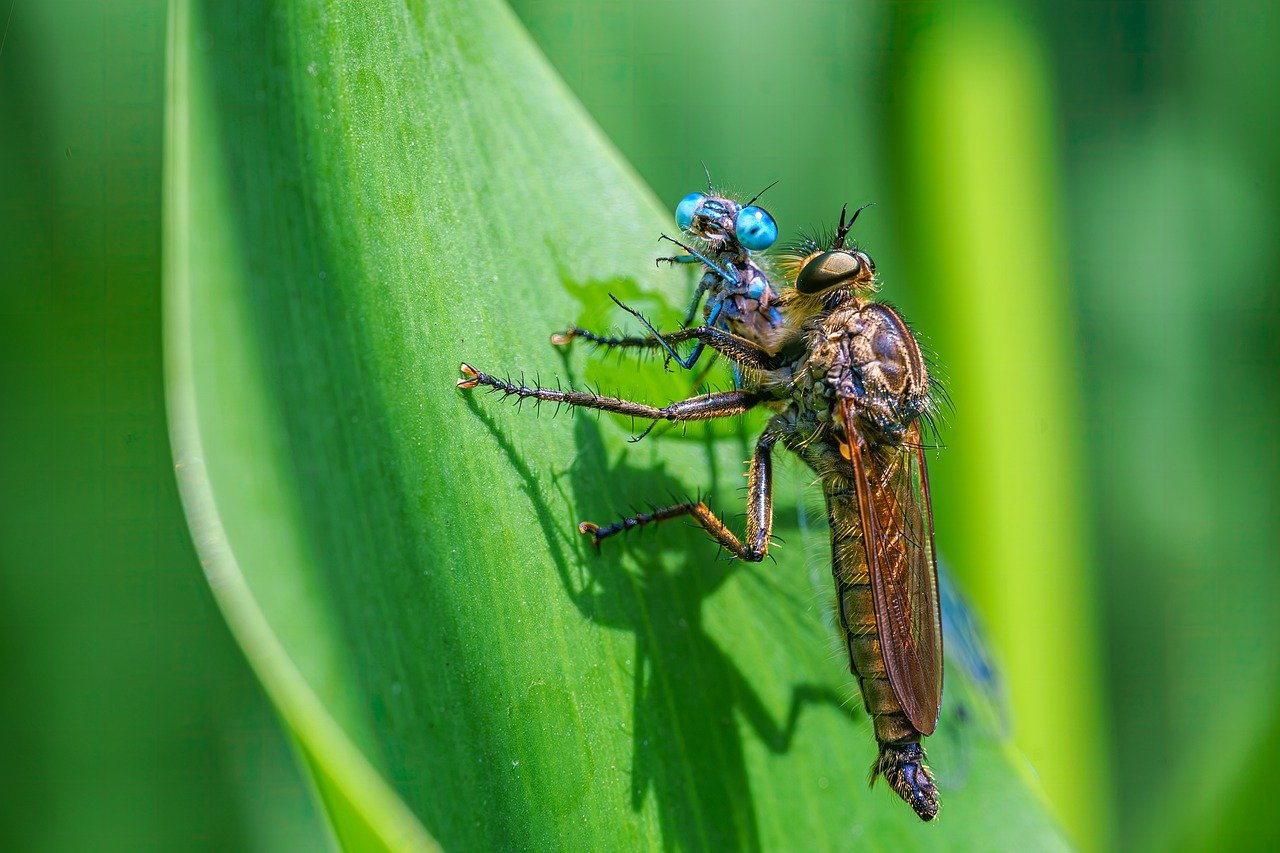
Best Time of Day for Wildlife Viewing
When it comes to wildlife viewing in Yellowstone National Park, timing is everything. The best time of day for spotting animals is during the early morning hours at dawn and in the evening at dusk. These times are when many of the park's wildlife species are most active, making it easier to catch a glimpse of bears, wolves, bison, and elk in their natural habitat.
During the early morning, the park is often shrouded in a serene blanket of mist, creating a mystical atmosphere as the sun rises. This is a prime time for avid wildlife enthusiasts to venture out and witness the park come to life with the sounds of nature awakening. Similarly, as the sun begins to set, the park takes on a golden hue, offering a picturesque backdrop for observing animals as they prepare for the night ahead.
Planning your day around these optimal viewing times can significantly increase your chances of encountering Yellowstone's diverse wildlife. Whether you're exploring Lamar Valley, Hayden Valley, or the Old Faithful area, being out during the quieter hours of the day can lead to unforgettable wildlife sightings.
Additionally, the cooler temperatures during these times make it more comfortable for animals to be active, as they are less likely to seek shelter from the midday heat. This means you're more likely to witness animals moving about, foraging for food, or engaging in social behaviors.

Popular Wildlife Hotspots in Yellowstone
Yellowstone National Park is a treasure trove of diverse wildlife, offering visitors the chance to witness animals in their natural habitat. Among the popular wildlife hotspots in Yellowstone are Lamar Valley, Hayden Valley, and the Old Faithful area. Lamar Valley, often referred to as the "Serengeti of North America," is renowned for its abundant wildlife sightings, including herds of bison and pronghorn. Hayden Valley, with its meandering Yellowstone River, is a prime location for spotting grizzly bears, wolves, and elk. The Old Faithful area is not only famous for its geothermal features but also for the opportunity to see bison and other wildlife roaming the landscape.
Each of these hotspots offers a unique experience for wildlife enthusiasts. Lamar Valley's vast open spaces make it an ideal spot for observing grazing bison and the occasional wolf pack on the hunt. Hayden Valley's lush meadows and rivers provide a picturesque backdrop for encounters with grizzly bears and elk. The Old Faithful area combines the beauty of geysers with the thrill of spotting bison herds moving across the landscape.
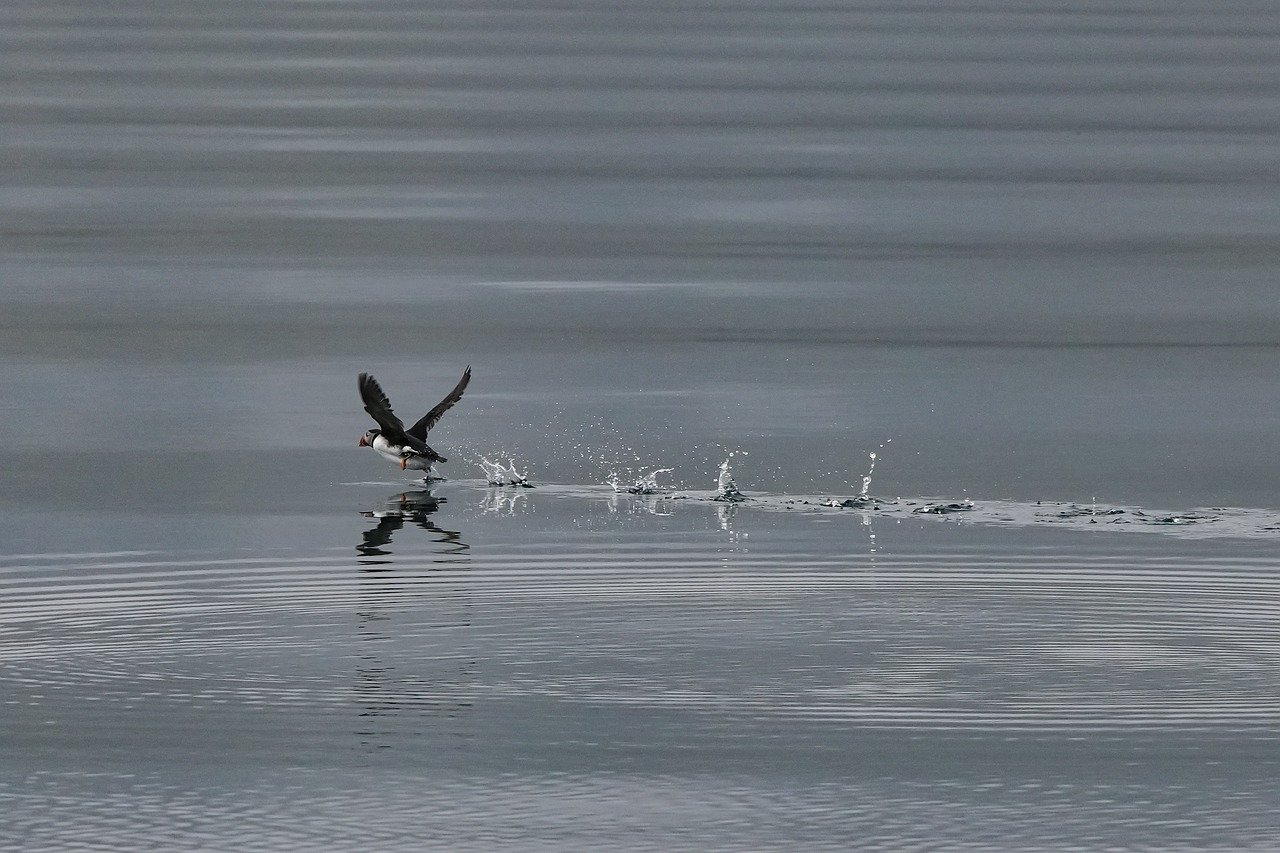
Guided Wildlife Tours and Programs
When visiting Yellowstone National Park, taking part in guided wildlife tours and programs can greatly enhance your experience and increase your chances of spotting some of the park's most elusive animals. These tours are led by knowledgeable guides who are experts in the park's wildlife and can provide valuable insights into the behavior and habitats of various species.
One popular option for wildlife enthusiasts is the ranger-led tours offered by the park. These tours are led by park rangers who are well-versed in the park's ecology and can offer a wealth of information about the animals you may encounter. Ranger-led tours often focus on specific species or habitats, allowing you to delve deeper into the world of Yellowstone's wildlife.
For those interested in honing their photography skills while capturing stunning images of Yellowstone's wildlife, wildlife photography workshops are a fantastic choice. These workshops are led by professional photographers who can provide guidance on composition, lighting, and camera settings to help you take your wildlife photography to the next level.
If you're looking for a more specialized wildlife experience, consider joining one of the specialized excursions offered in the park. These excursions may focus on specific species or behaviors, giving you a unique opportunity to witness wildlife in action. Whether you're interested in tracking wolves or observing bird migrations, there's a specialized excursion for every wildlife enthusiast.
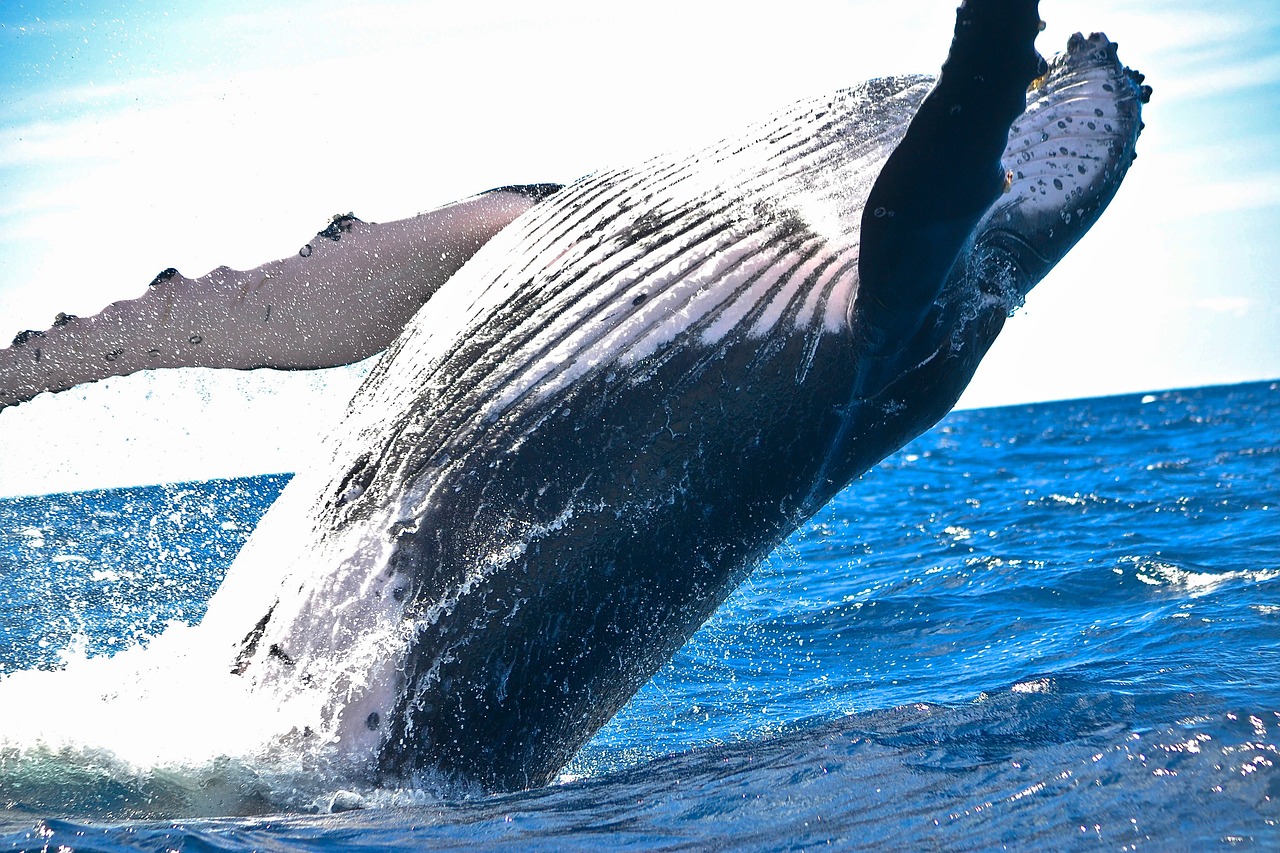
Photography Tips for Capturing Wildlife
When it comes to capturing the beauty of wildlife in Yellowstone through photography, there are several key tips to keep in mind. First and foremost, having the right equipment is essential. A high-quality camera with a telephoto lens will allow you to zoom in on animals from a safe distance without disturbing them. Additionally, a sturdy tripod can help you achieve sharp, clear images, especially in low light conditions.
Composition is another crucial aspect of wildlife photography. Consider the rule of thirds to create visually appealing shots, placing the animal off-center to add interest to the image. Pay attention to the background as well, ensuring it complements the subject without being distracting. Experiment with different angles and perspectives to capture unique and compelling shots.
Lighting plays a significant role in photography, and this is especially true when photographing wildlife. The golden hours of sunrise and sunset provide soft, warm light that enhances the colors and textures of the animals. Avoid harsh midday sun, as it can create unflattering shadows and wash out the details of your subjects.
When photographing wildlife in Yellowstone, it's crucial to respect the animals' space and behavior. Keep a safe distance and never approach or disturb the wildlife for the sake of a photo. Remember that you are a guest in their natural habitat, and your priority should be to observe and appreciate them without causing any harm or stress.
For those looking to take their wildlife photography to the next level, consider joining a photography workshop or tour led by experienced professionals. These programs can provide valuable insights, guidance, and opportunities to capture stunning images of Yellowstone's iconic wildlife in action.

Safety Guidelines for Wildlife Encounters
When it comes to wildlife encounters in Yellowstone National Park, safety should always be a top priority. Understanding how to behave around wild animals is crucial for both your safety and the well-being of the park's wildlife. One of the most important safety guidelines is to maintain a safe distance from all animals. Approaching too closely can provoke defensive behaviors and endanger both you and the animal. Remember, these are wild creatures, and it's essential to respect their space and natural behaviors.
Additionally, it's vital to never feed wildlife in the park. Feeding animals can disrupt their natural diet and behavior, leading to dependency on human food sources. This can result in aggressive behavior from animals seeking handouts, posing a threat to both visitors and the animals themselves. Always store food securely and dispose of trash properly to avoid attracting wildlife to campsites and picnic areas.
When viewing wildlife, it's essential to remain quiet and calm. Sudden movements or loud noises can startle animals and cause unnecessary stress. By observing from a distance and using binoculars or a camera with a zoom lens, you can enjoy watching wildlife without disturbing them. Remember, the goal is to observe these magnificent creatures in their natural habitat without causing them any harm or distress.
If you encounter a wild animal at close range, stay calm and slowly back away. Do not run or make sudden movements, as this can trigger a chase response from predators like bears or wolves. Always keep children close and under control, and never approach or attempt to touch any wildlife. Maintaining a safe distance and respecting the animals' space is key to a positive and safe wildlife viewing experience in Yellowstone National Park.
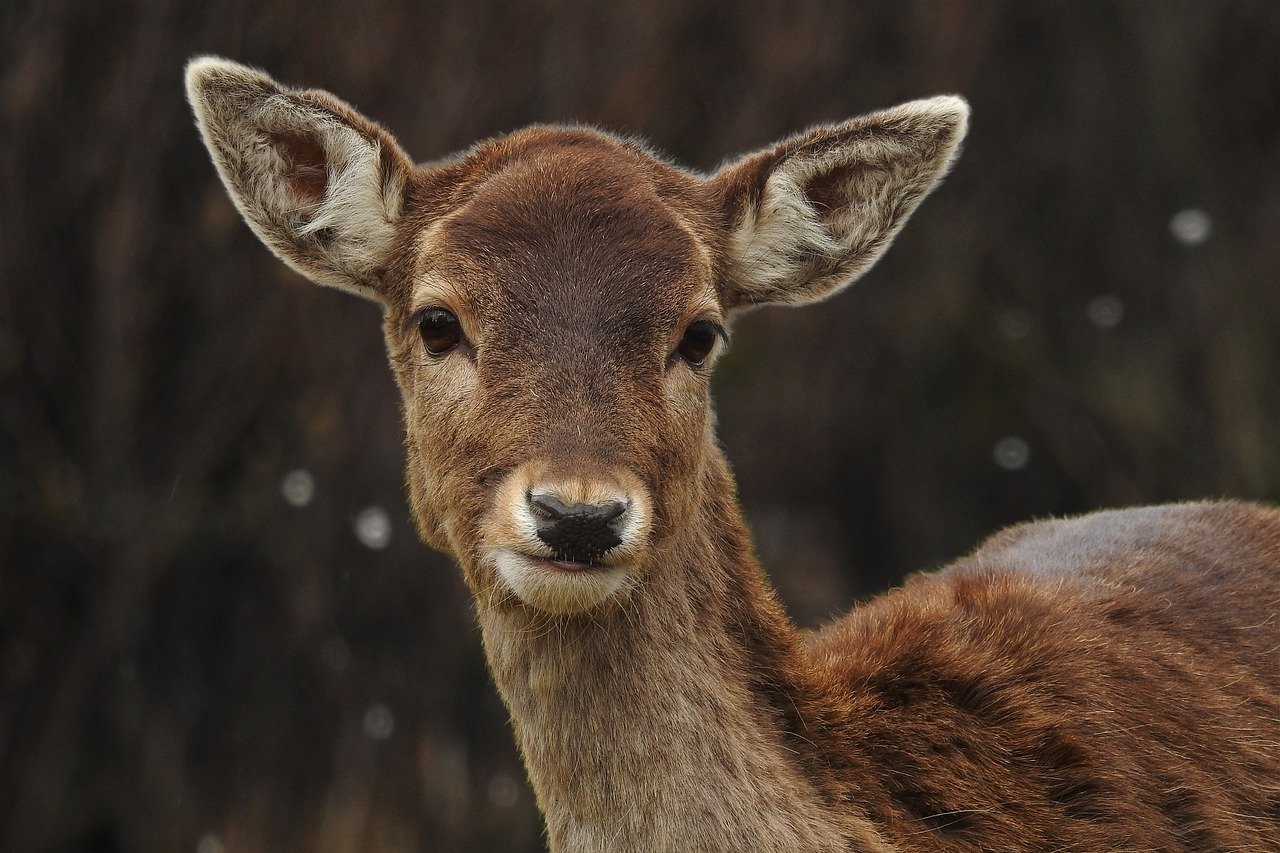
Seasonal Wildlife Migration Patterns
Seasonal wildlife migration patterns in Yellowstone National Park are a fascinating phenomenon that showcases the ebb and flow of various animal species throughout the year. From the spring calving season to the winter migrations of elk and bison, each season brings unique opportunities to witness these majestic creatures in motion. During the spring months, many animals, such as elk and bison, migrate to higher elevations in search of fresh vegetation and to give birth to their young. This period offers a chance to observe newborn animals taking their first steps in the wild.
As summer transitions into fall, Yellowstone's wildlife begins to prepare for the colder months ahead. The fall season is characterized by the iconic elk rut, where male elk engage in fierce battles for dominance and mating rights. This spectacle draws visitors from around the world to witness the power and majesty of these impressive animals. Additionally, the autumn months mark the beginning of the winter migrations, as elk and bison move to lower elevations in search of food and milder temperatures.
Winter in Yellowstone brings a sense of tranquility as the park is blanketed in snow, creating a serene backdrop for observing wildlife. During this time, animals like bison and elk form large herds to withstand the harsh winter conditions. Wolves are also more visible in the winter months, making it an ideal time for wolf-watching enthusiasts to catch a glimpse of these elusive predators. The seasonal migration patterns in Yellowstone provide a dynamic and ever-changing landscape for wildlife enthusiasts to explore throughout the year.
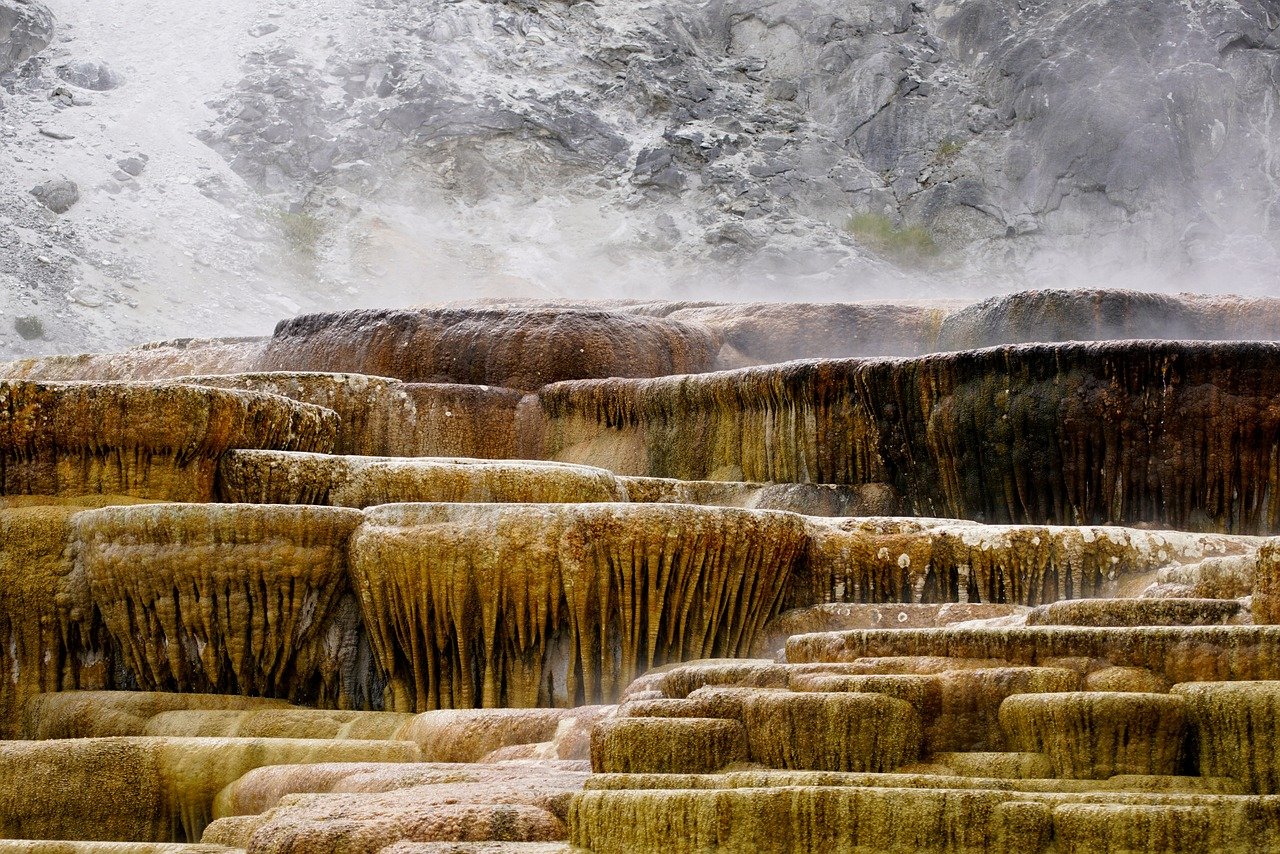
Rare and Endangered Species in Yellowstone
Yellowstone National Park is not only a haven for abundant wildlife but also a sanctuary for rare and endangered species. Among these special inhabitants are the iconic grizzly bear, a symbol of strength and wilderness, the elusive gray wolf, known for its intelligence and pack dynamics, and the majestic trumpeter swan, with its impressive wingspan and graceful presence.
Conservation efforts in Yellowstone are crucial to protect these rare and endangered species from further decline. The park plays a vital role in preserving the natural habitats and ecosystems that these animals rely on for survival. Through research, monitoring, and education, Yellowstone aims to ensure the long-term viability of these species for future generations to admire and appreciate.
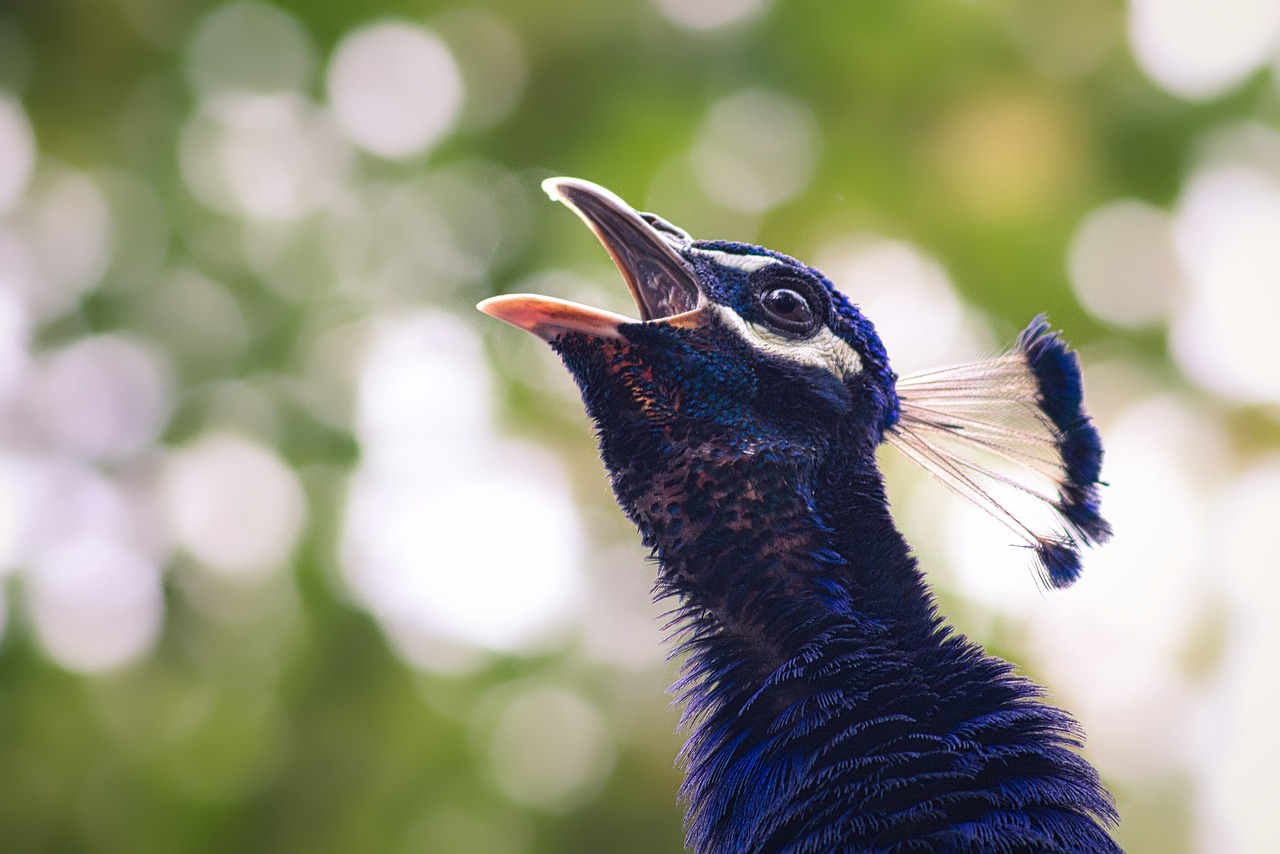
Wildlife Viewing Etiquette and Conservation Practices
When it comes to wildlife viewing in Yellowstone National Park, it's essential to prioritize . As visitors, we have a responsibility to respect the natural habitat of the animals and ensure their well-being. By following established guidelines and being mindful of our actions, we can contribute to the preservation of Yellowstone's diverse ecosystem for future generations to enjoy.
One of the fundamental principles of wildlife viewing etiquette is to maintain a safe distance from the animals. While it may be tempting to get closer for a better view or photograph, it's crucial to remember that we are guests in their home. Approaching too closely can cause stress to the animals and disrupt their natural behavior. Always use binoculars or a telephoto lens to observe wildlife from a distance and never attempt to feed or touch them.
Additionally, it's important to minimize disturbances while observing wildlife. This means keeping noise levels to a minimum, avoiding sudden movements, and refraining from using flash photography, especially around nocturnal animals. By being quiet and unobtrusive, we can create a more natural environment for the animals and increase our chances of witnessing their natural behaviors.
Conservation practices play a significant role in protecting Yellowstone's wildlife and preserving the park's delicate ecosystem. Visitors should stay on designated trails to avoid trampling vegetation and disturbing wildlife habitats. Littering is also a serious threat to the park's wildlife, so be sure to pack out all trash and dispose of it properly. By practicing Leave No Trace principles, we can help safeguard Yellowstone's natural beauty for years to come.
Furthermore, supporting conservation efforts through sustainable tourism practices is crucial for the long-term health of Yellowstone's wildlife populations. Consider donating to wildlife conservation organizations, participating in volunteer programs, or choosing eco-friendly tour operators. By investing in the protection of Yellowstone's wildlife, we can ensure that future generations have the opportunity to experience the park's incredible biodiversity.
Frequently Asked Questions
- What wildlife can I expect to see in Yellowstone National Park?
In Yellowstone, you can expect to see a diverse range of wildlife, including bears, wolves, bison, elk, moose, and various bird species. Each animal contributes to the unique ecosystem of the park, offering visitors a chance to witness nature in its purest form.
- When is the best time to visit Yellowstone for wildlife viewing?
The best time to visit Yellowstone for wildlife viewing is typically during the spring and fall seasons when animals are more active. Additionally, early mornings and late evenings are prime times for spotting wildlife as they are often foraging for food or moving to different areas.
- Are there guided wildlife tours available in Yellowstone?
Yes, Yellowstone offers a variety of guided wildlife tours led by experienced rangers and naturalists. These tours provide valuable insights into the park's ecosystem, animal behavior, and conservation efforts, enhancing your overall wildlife viewing experience.
- What should I do if I encounter wildlife at close range?
If you encounter wildlife at close range, it is crucial to remain calm and maintain a safe distance. Avoid sudden movements, respect the animal's space, and never feed or approach them. Always adhere to the park's safety guidelines to ensure both your safety and the animals' well-being.
- How can I contribute to wildlife conservation efforts in Yellowstone?
You can contribute to wildlife conservation efforts in Yellowstone by practicing responsible wildlife viewing etiquette, supporting conservation initiatives, and minimizing your environmental impact. By respecting the park's wildlife and ecosystem, you play a vital role in preserving Yellowstone for future generations.

